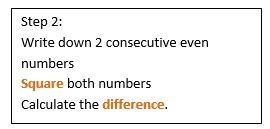Table of Contents
Unit 1 | Algebra
Page 1 | Expressions and Formulae
Page 3| Solving Linear Equations
Page 4| Expanding and Factorising
Page 5| Factorising Quadratics and expanding double brackets
Page 6| Patterns and Sequences
Page 7| Simultaneous Equations
Page 8| Changing the subject of a Formula
Page 9| Adding , subtracting algebraic formulas
Unit 2 |Graphs
Page 1 | Straight line graphs
Page 2 | Graphs of Quadratic functions
Unit 3 |Geometry and Measure
Page 2 | Symmetry
Page 3 | Coordinates
Page 4 | Perimeter, Area, Volume
Page 6 | Measurement
Page 7 | Trigonometry
Page 8 | Pythagoras
Page 9 | Angles
Page 10 | Shapes
Page 11| Time
Page 12 | Locus
Unit 4 | Numbers
Page 1 | Speed, Distance and time
Page 2 | Rounding and estimating
Page 3 | Ratio and proportion
Page 4 | Factors, Multiples and primes
Page 5 | Powers and roots
Page 7 | Positive and negative numbers
Page 8 | Basic operations
Page 9 | Fractions
Page 10 | Percentages
Unit 5 | Statistics and Probability
Page 1 | Sampling data (MA)
Page 2 | Recording and representing data
Page 3 | Mean median range and mode
Page 4 | Standard deviation
Unit 4 | Calculus
Algebraic Proof
L.O To be able to determine whether a statement is true or false through algebraic explanation.
Simplifying, factorising and solving numerical problems are only one aspect of algebra. The test of true algebraic understanding is using it to prove different concepts and mathematical statements.
A few Algebraic expressions you should know :



Notice how they both have 1,2 and 3 after the same starting terms of n or 2n. n is usually used as it is a simpler term.

Notice how they both have multiples of the specified number before n. They also go up in a linear orderr multiples so they are consecutive.
Example 1:
Prove if the sum of any 3 consecutive integers is a multiple of 3.
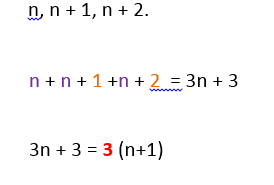
So, the sum of any 3 consecutive numbers where n + 1 is an integer will always be a multiple of 3.


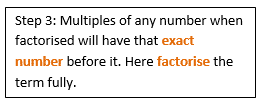

Example 2:
Prove if the sum of 4 consecutive odd numbers is a multiple of 8.
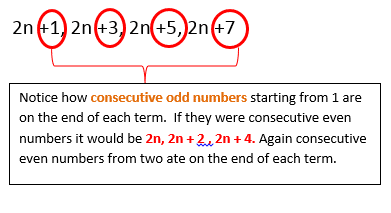

So, the sum of any 4 consecutive odd numbers, where n + 2 is an integer will always be a multiple of 8.



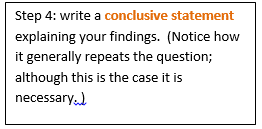
Example 3:
Prove that the sum of the squares of 2 consecutives even numbers is never a multiple of 8.
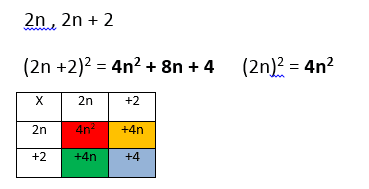

Here the sum of the squares of 2 consecutive even numbers is never a multiple of 8.


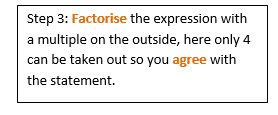
Example 4:
Prove that if you have 2 consecutive even numbers, if they are squared and you find the difference, it is the same as adding the two numbers and multiplying the total sum by 2.
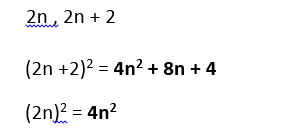
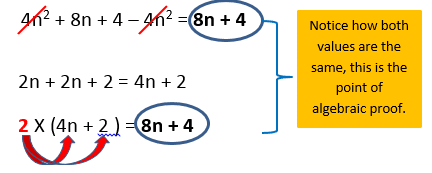
Here both values are the same hence multiplying the sum of 2 consecutive even numbers acquires the same value after squaring and finding the difference.

